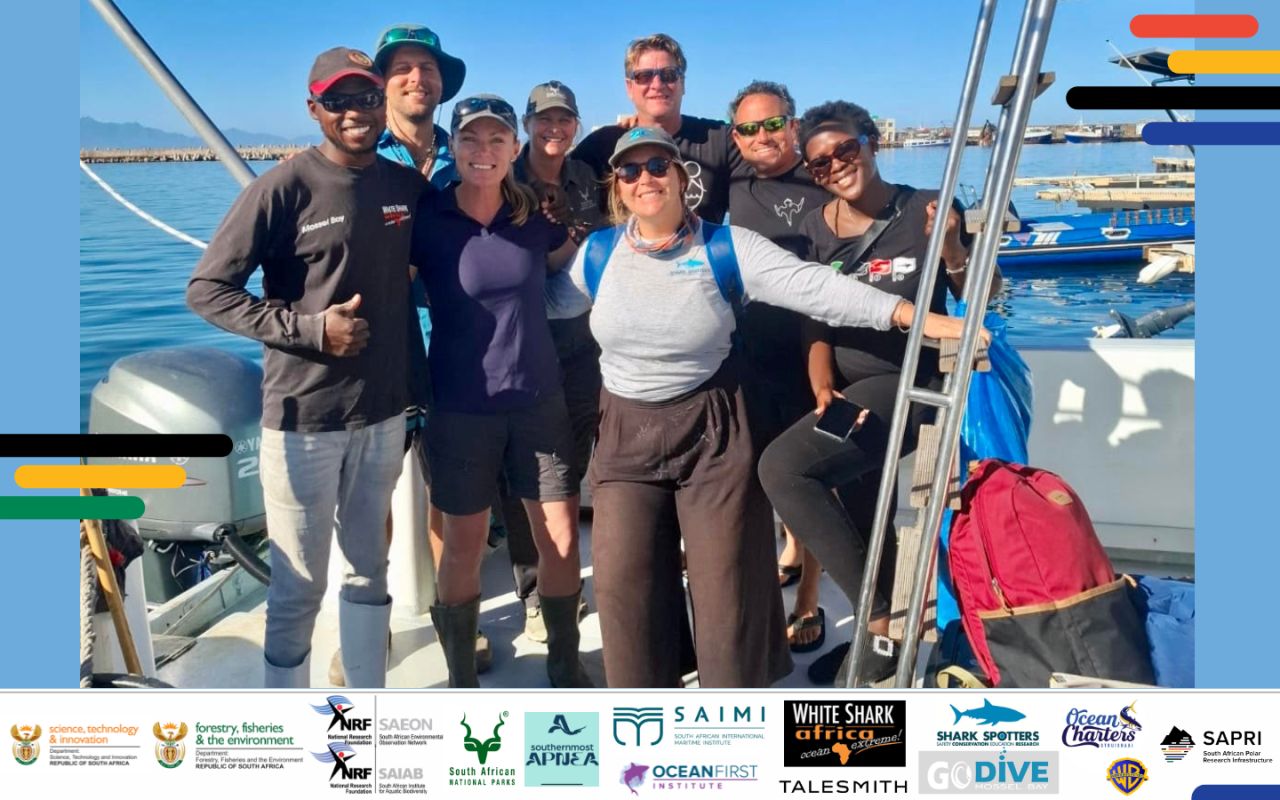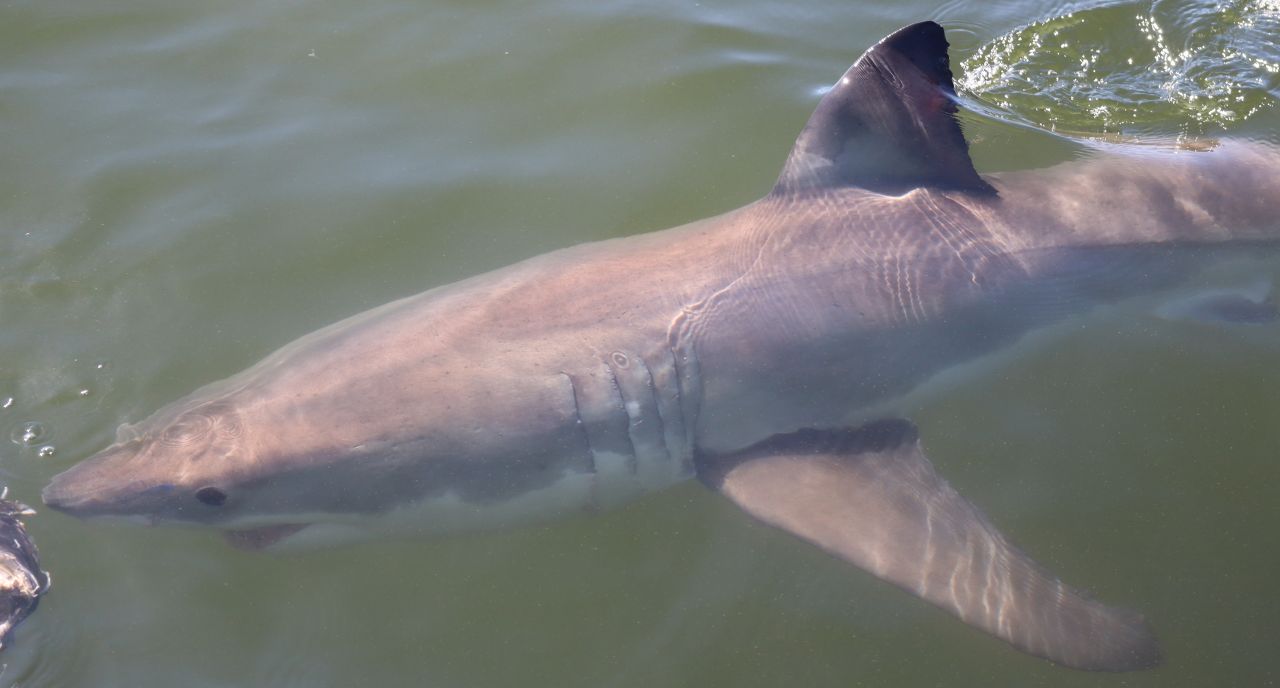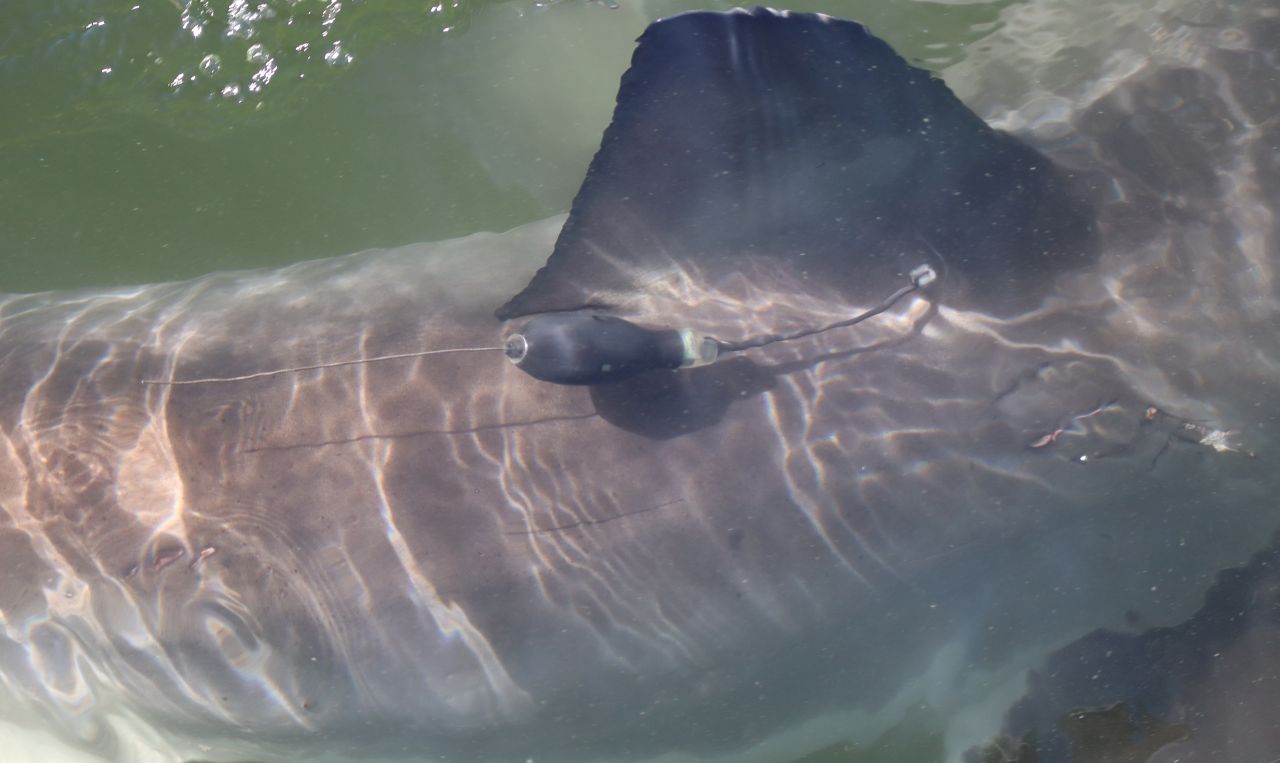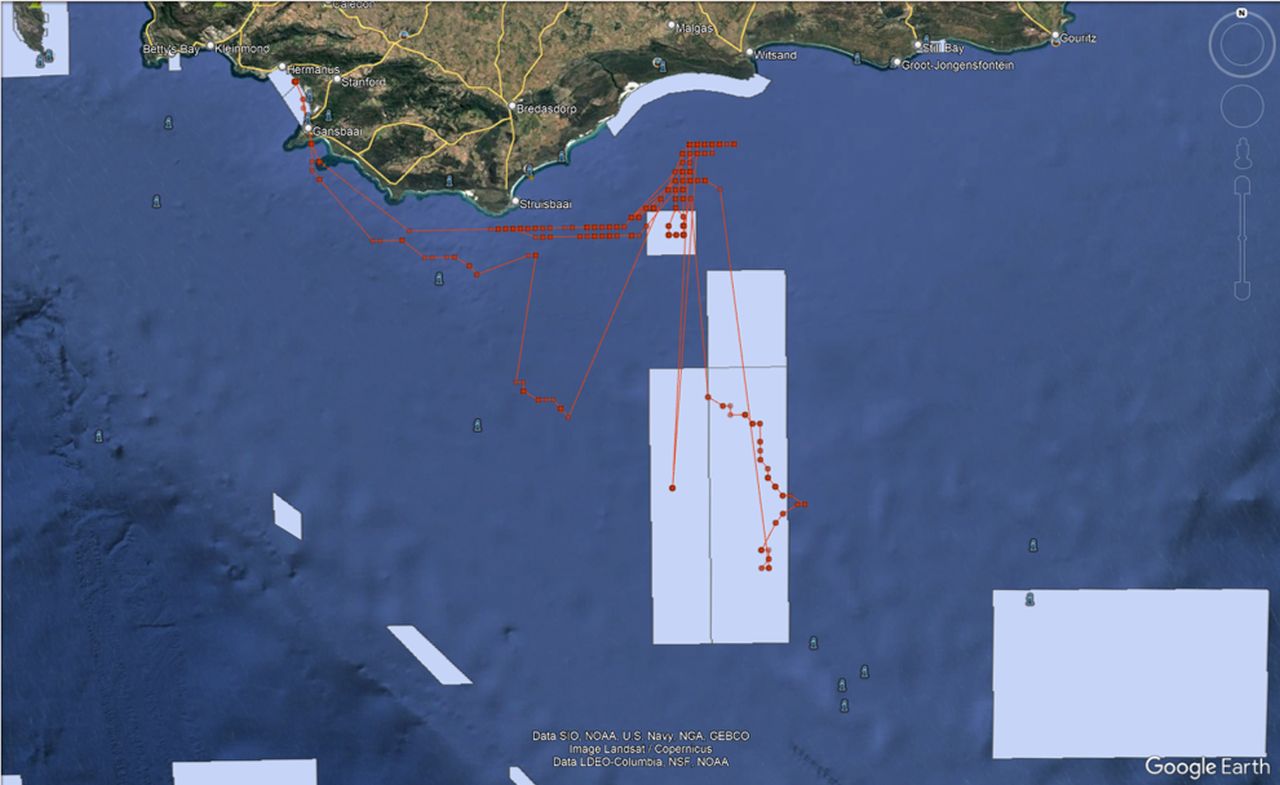Now begins the waiting game, a familiar part of ocean science. Studying large apex predators and deploying research equipment in the ever-changing marine environment involves many factors. These include the tags remaining securely attached, the sensors functioning correctly, the saltwater switch activating, successful detachment, the tags floating to the surface and reliable communication with the Argos satellite.
With the satellite tags successfully in place, we must now wait six months until they detach and transmit their data. What they reveal will be invaluable in deepening our understanding of white shark movements and habitat use and shaping more effective conservation strategies as these iconic predators adapt to a rapidly changing ocean.
Acknowledgements
This work was made possible thanks to the incredible field support of White Shark Africa (Eric, Christo, Caleb) and Go Dive (Elton), as well as the collaborative support of NRF-SAEON’s Egagasini Node, the South African Polar Research Infrastructure (SAPRI), Department of Science, Technology and Innovation (DSTI), South African Institute of Aquatic Biodiversity (NRF-SAIAB), South African National Parks (SANParks), South African International Maritime Institute (SAIMI), Shark Spotters, Ocean Charters, Oceans First Institute, the Department of Forestry, Fisheries and the Environment (DFFE) and Warner Brothers Discovery.
* This article was originally published on the South African Polar Research Infrastructure (SAPRI) website (link).






